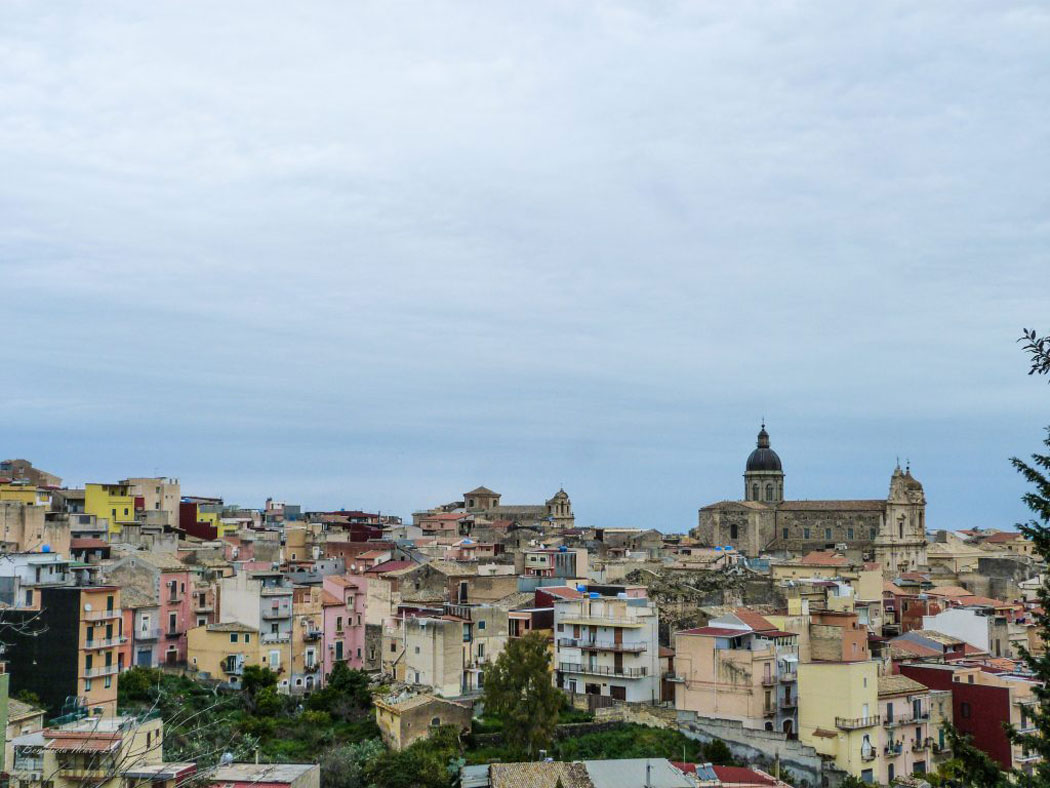
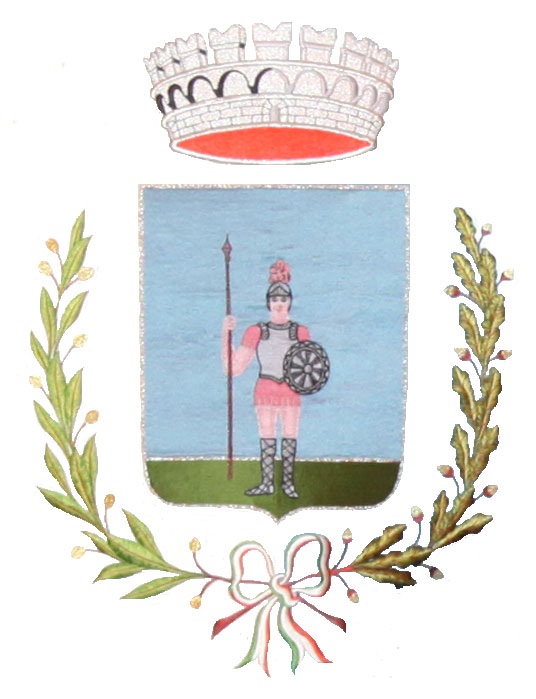
The foundation of Militello can be dated in the Norman age. At that time it was an isolated farm villa (casale): the first feudal lord was Simone del Vasto, count of the Aleramici of Sicily and grandson of the Gran Conte Ruggero I, or a certain Alaimo da Lentini, around 1071.
According to a privilege of 1248, Emperor Frederick II of Swabia would have granted the casale and castrum of Militello, with the rank of baron, to the Lombard soldier Bonifacio de Camerana, son of Oddone. The document, in reality, was recognized as a "period forgery" of the early 1300s.
Nevertheless, it served the lords of Militello to justify their domination in the ruckus caused by the passage of domination in Sicily, from the Angioni to the Aragoneses. In 1303 Maria Camarana left the fief as inheritance to her son Abbo Barresi. In 1337 the king of Sicily, Peter II of Aragon, granted to Abbo the privilege of surrounding the village with walls, and building a castrum, or the castle. Militello thus became a land of the kingdom of Sicily, a city with fiscal and military capacity.
With the marriage between Caterina Barresi and Fabrizio Branciforti, prince of Butera and count of Mazzarino, in 1571 the city passed to the Branciforti, who held it until the abolition of feudalism, in 1812.
The period between 1400 and 1700 was an era of great splendour, especially during the government of the Barresi and Prince Francesco Branciforti (1575-1622), son of Fabrizio, and his wife Joanna of Austria, who transformed Militello into a prominent cultural centre.
During this time Militello became an open building site, where ancient buildings were rebuilt (like the new wing of the castle) and new ones constructed: churches, monasteries, administrative buildings, public fountains, even a large library and a printing house that was among the first of the Kingdom of Sicily.
The earthquake of 11 January 1693, which destroyed much of the Val di Noto, also heavily hit Militello, knocking down many of these buildings forever. Others were rebuilt, creating those architectural jewels (such as the new churches of Santa Maria della Stella and San Nicolò, and new noble palaces), which earned Militello the inscription on the UNESCO site of the late baroque cities of the Val di Noto.



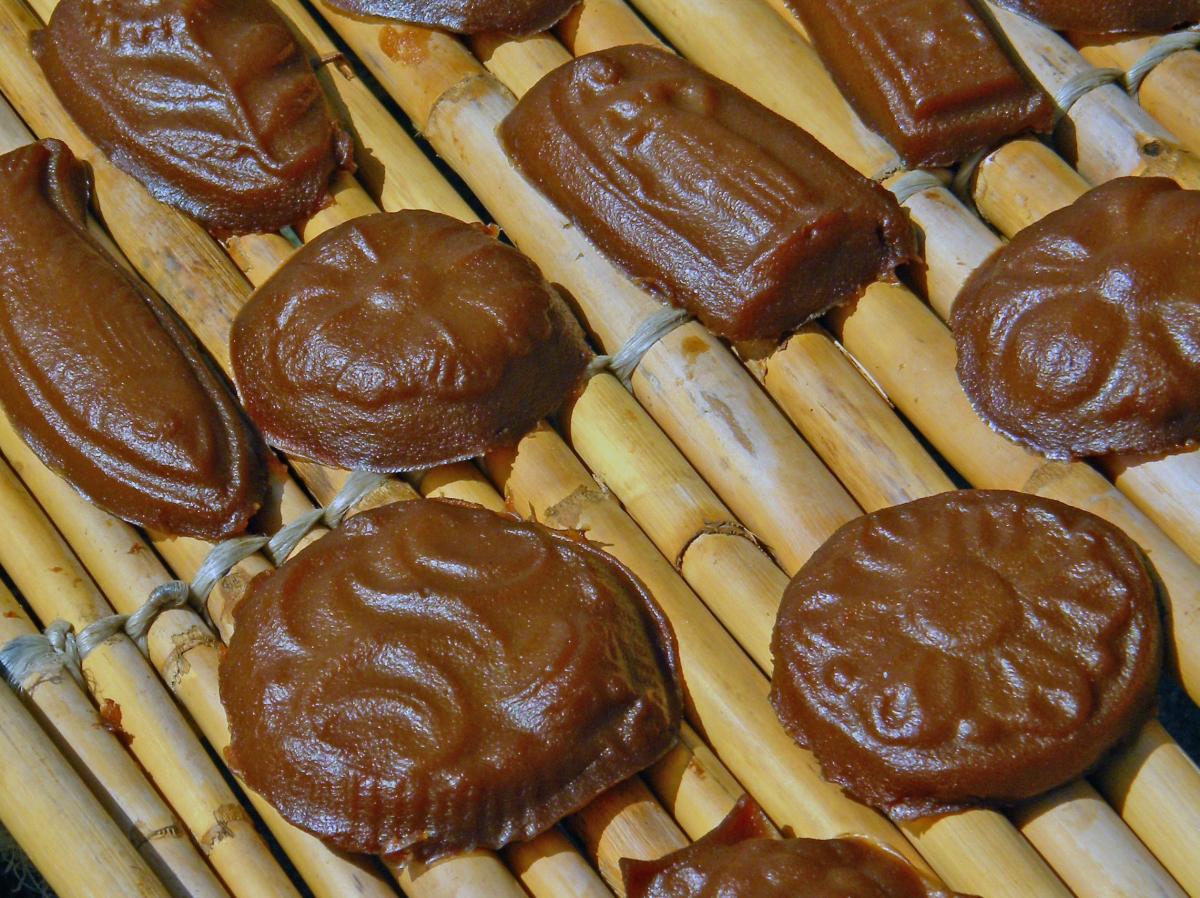
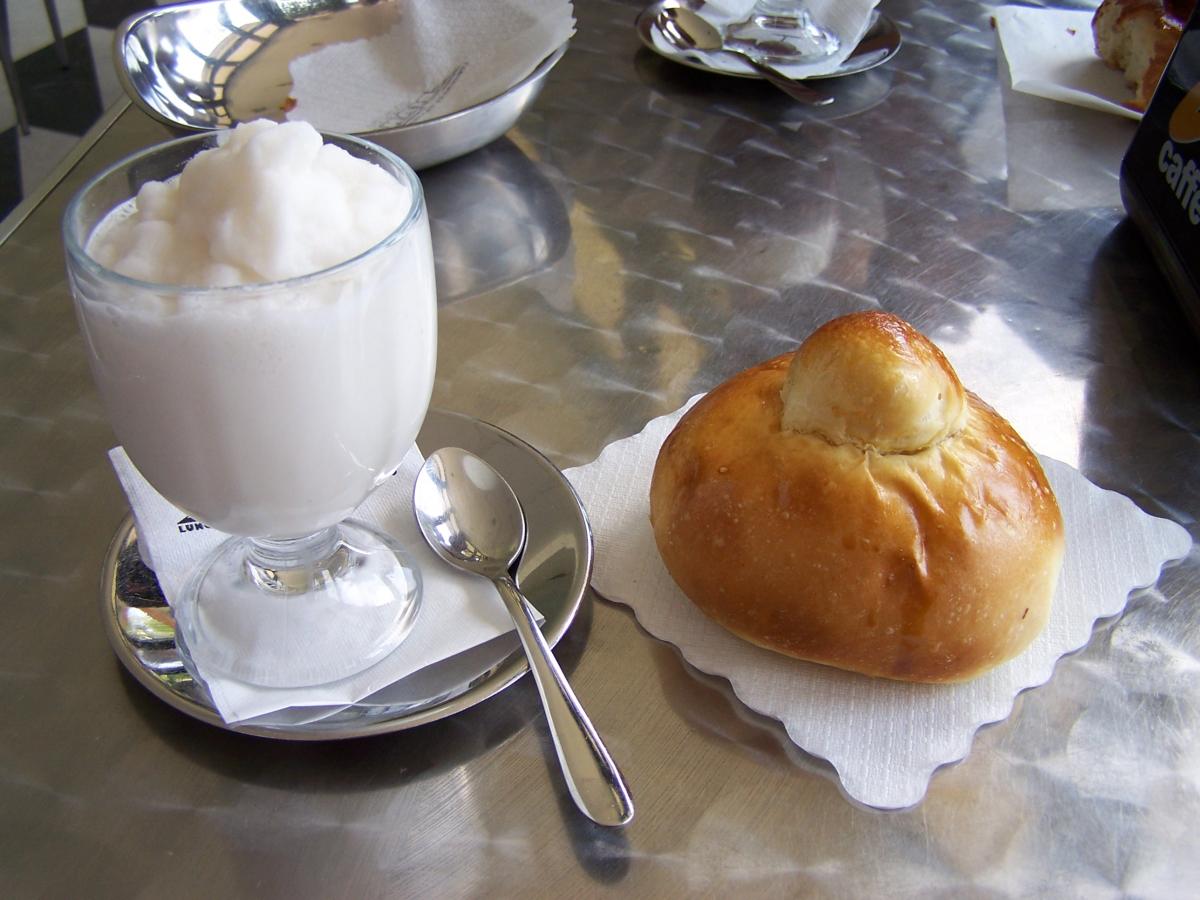
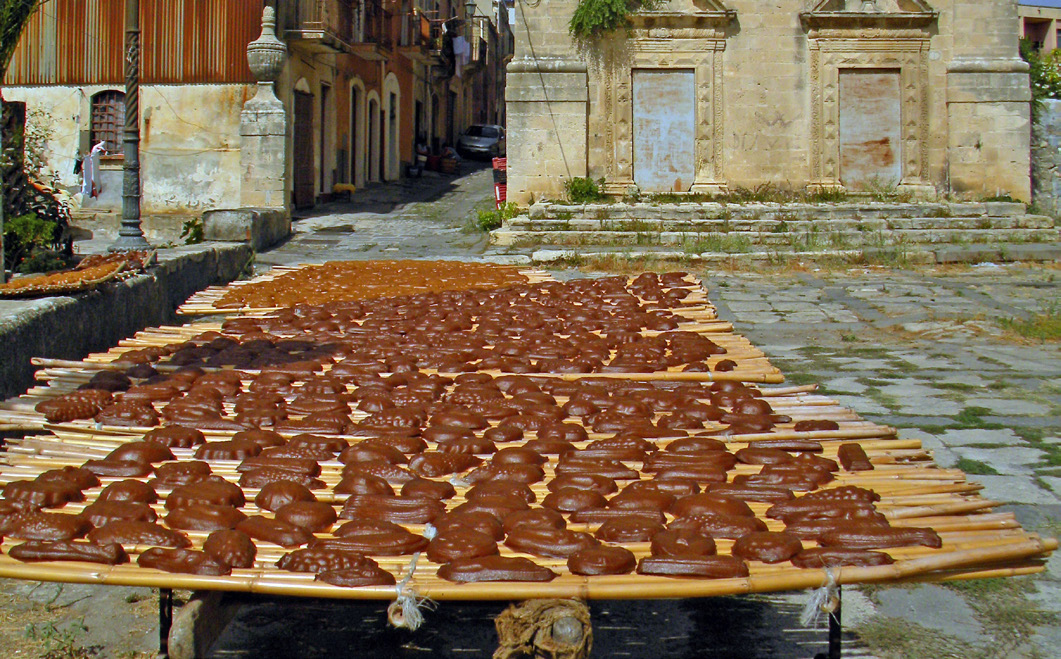
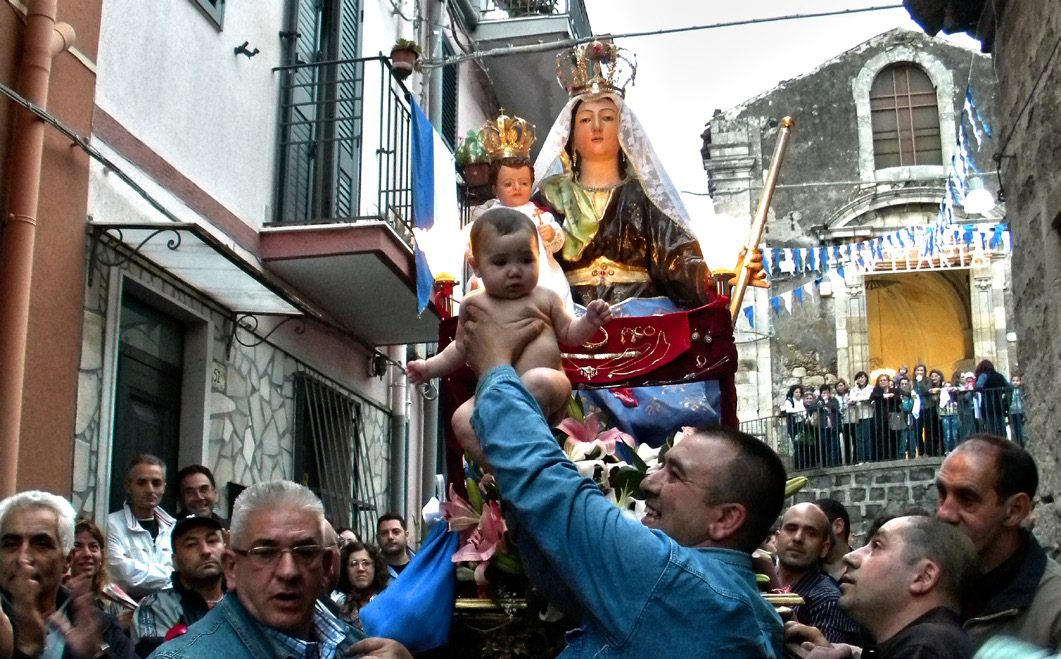
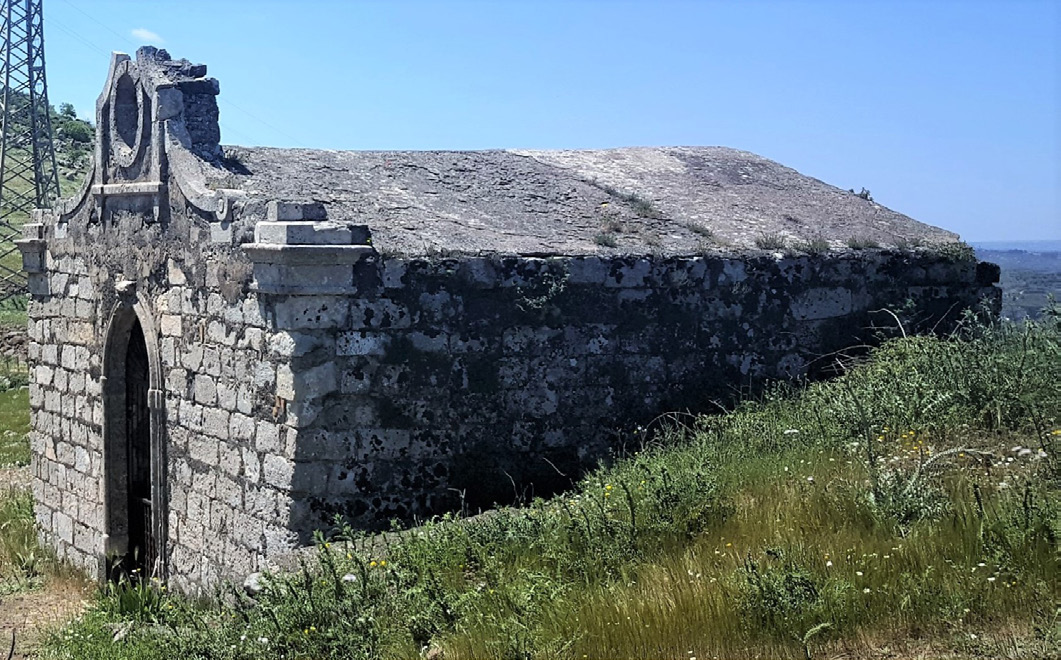
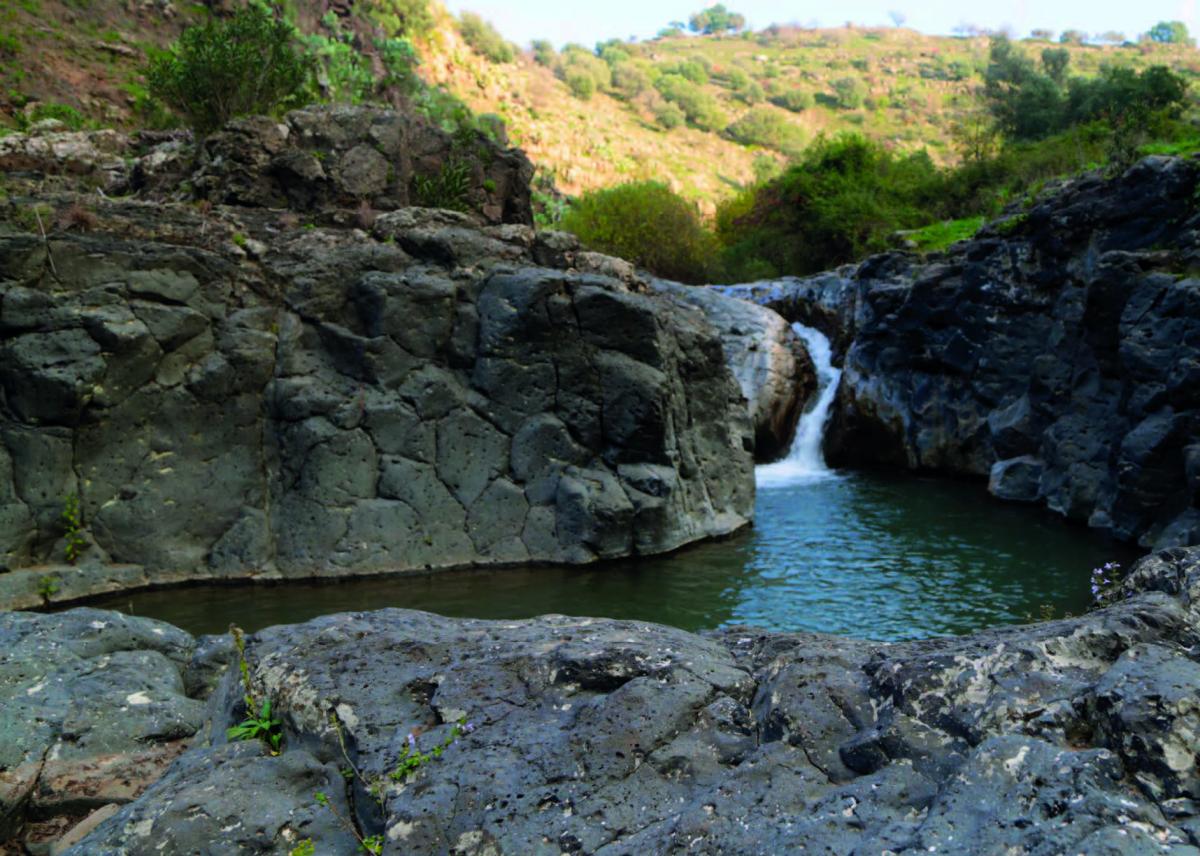

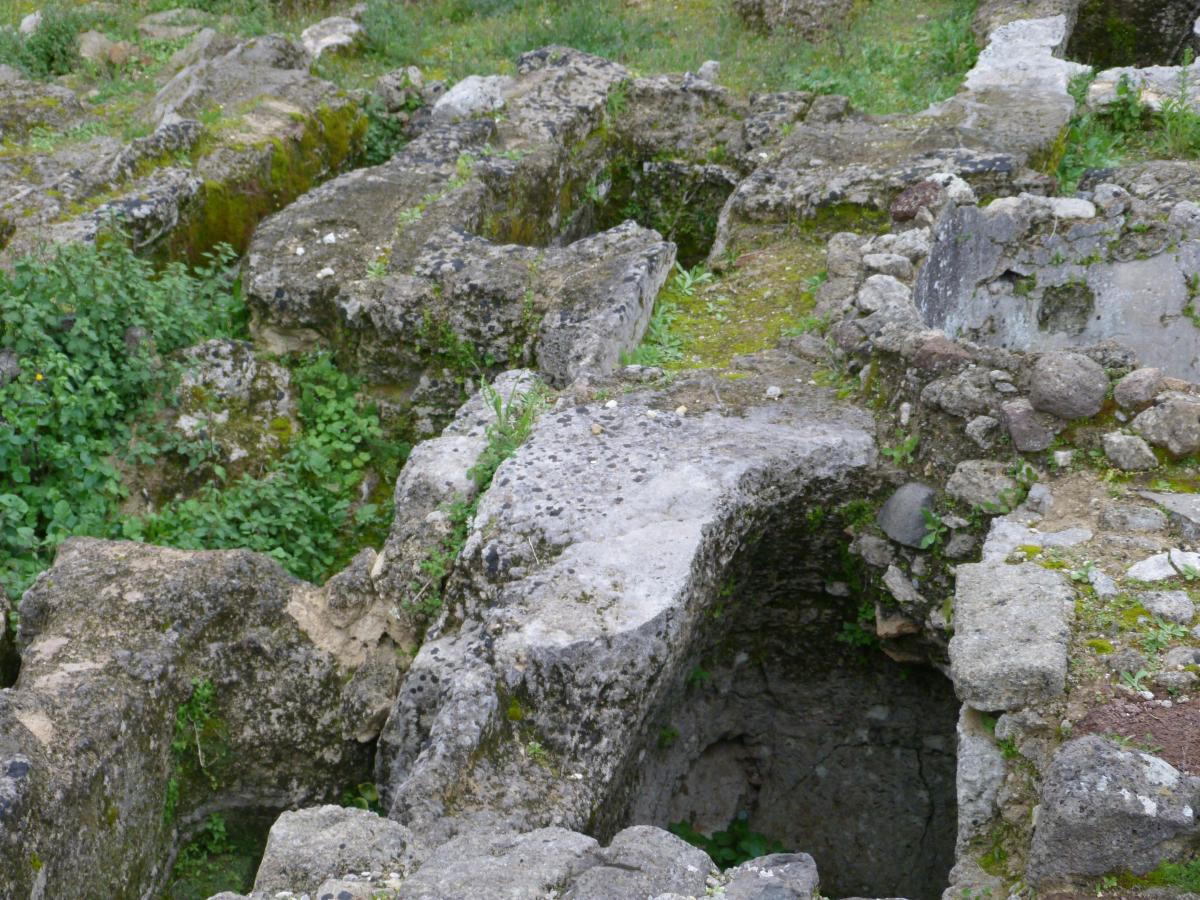
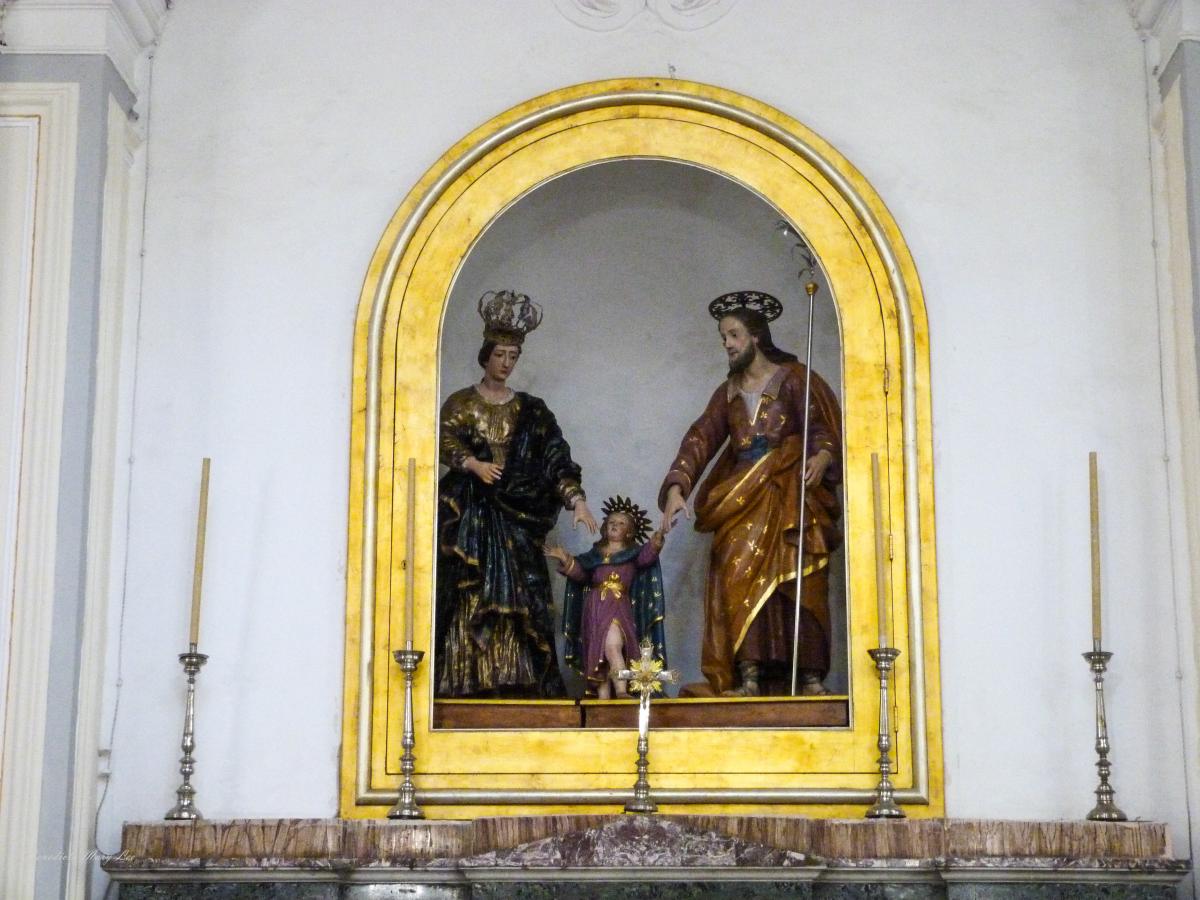
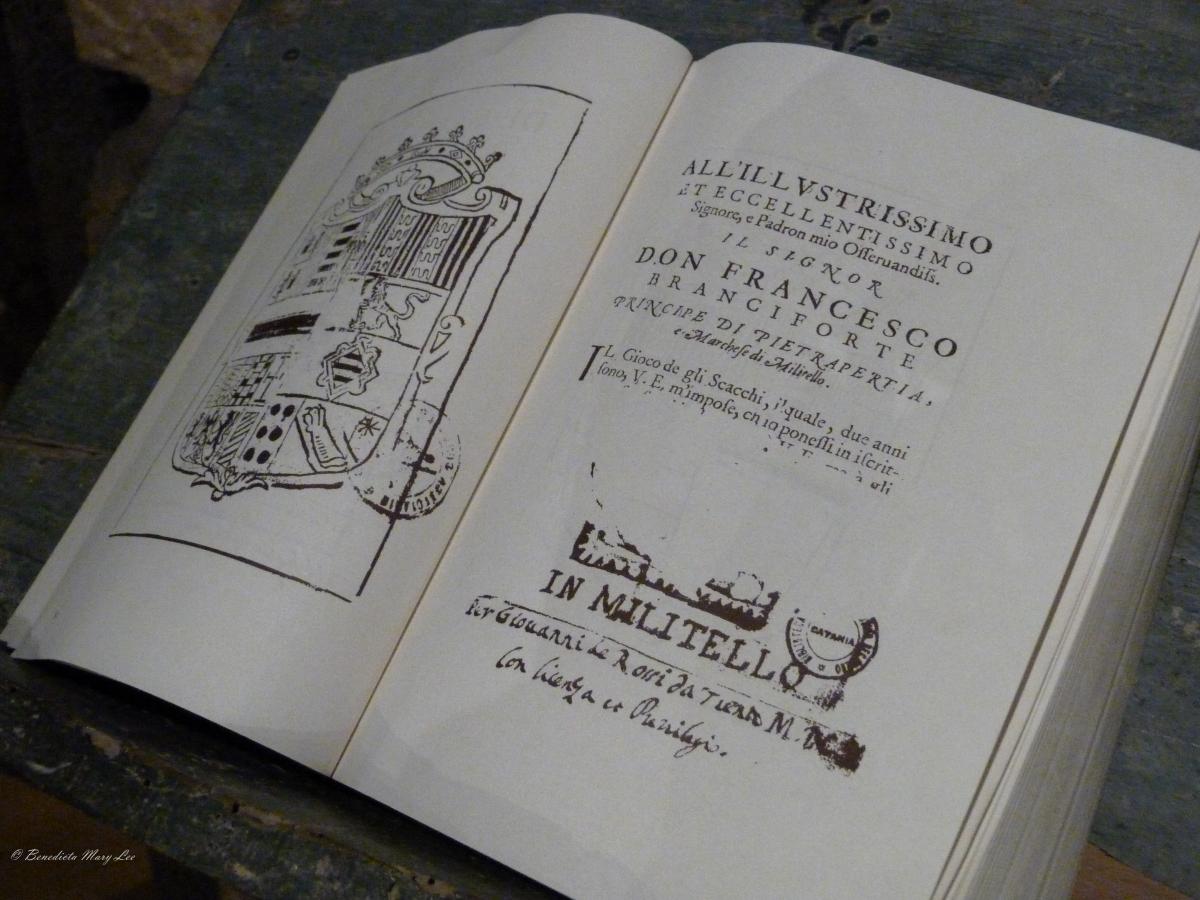




Follow us